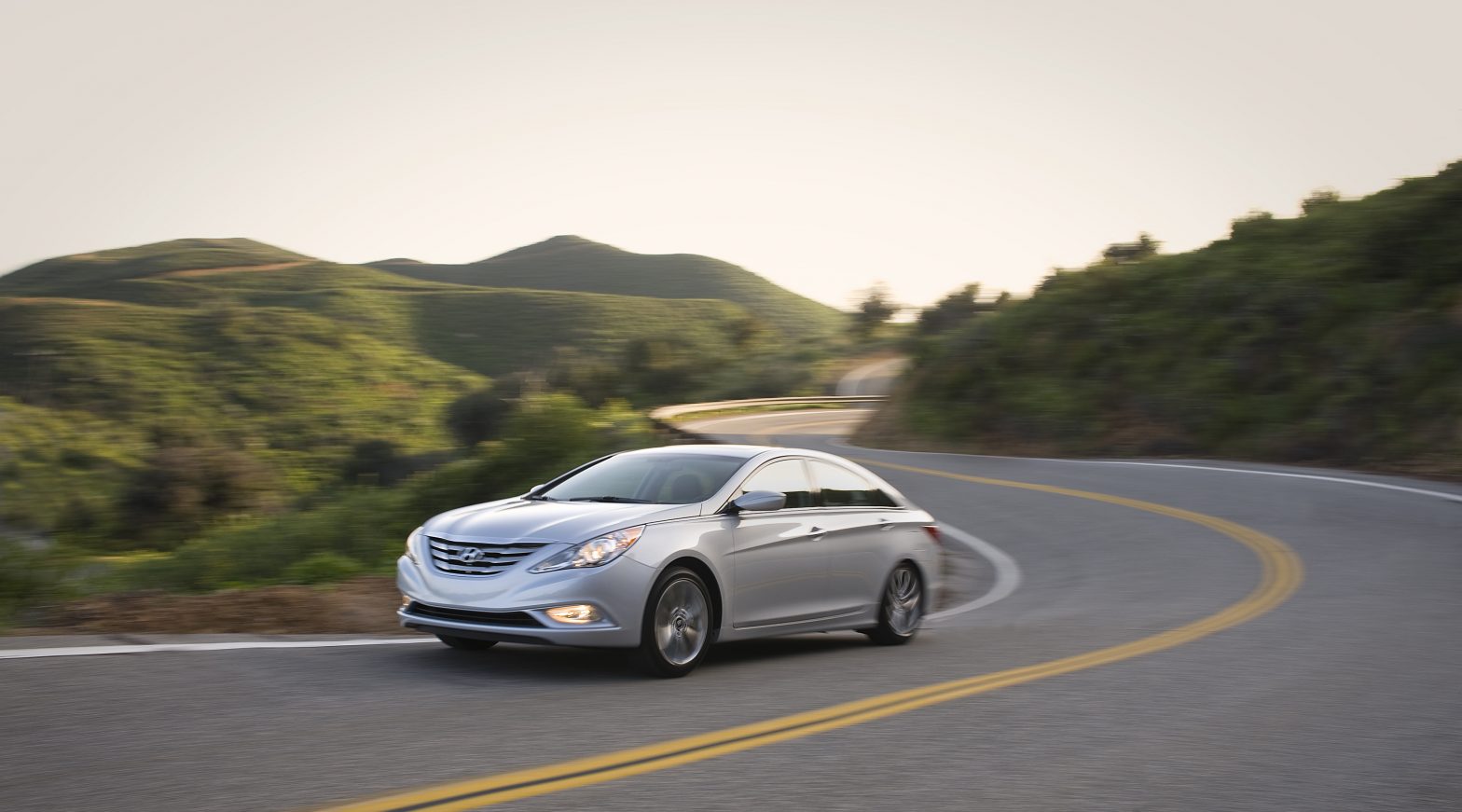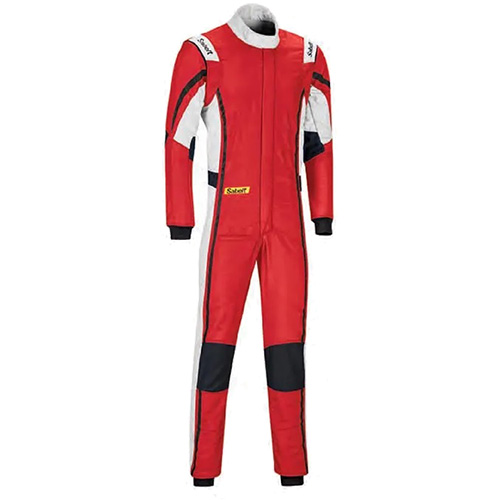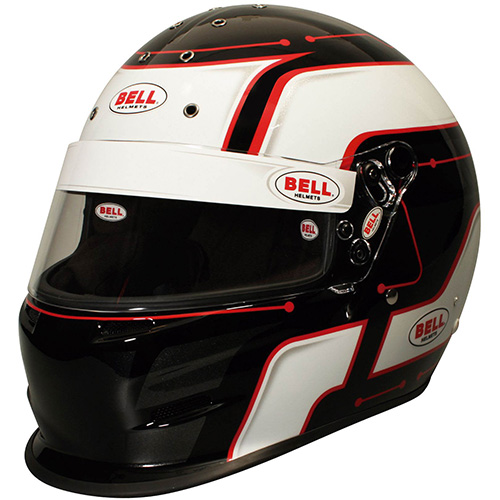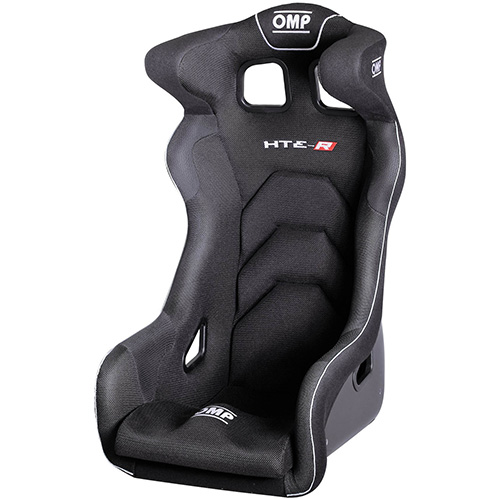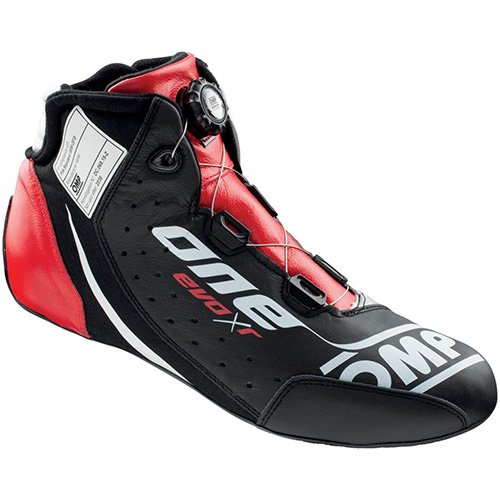Maybe my initial impressions with the standard Sonata had me expecting a lot more from the 2.0T, but it didn’t seem much of an improvement over the standard car. It’s hard to put my finger on why, because I haven’t driven them back to back, but the naturally aspirated version seems to come together as a package better. Perhaps I’m thinking of the Sonata as being a really good car at a bargain price, and the higher trims, including the turbo, don’t have that same special appeal that it is greater than the sum of its parts.
The turbo motor in the Sonata seemed similar to a phenomenon I’ve been noticing more and more lately: it is so smooth that it belies the fact that it’s blown. The Chevrolet Cruze also fit into this category, and the Buick Regal Turbo would have, if it weren’t for that telltale turbo hiss. I imagine this has advantages and disadvantages, depending on whom one asks. Personally, I like a turbo that waits a second, then slingshots the car into warp speed, preferably with all the appropriate accompanying noises. In a car like this, though, I can see how the less dramatic approach helps maintain a perception of comfort.
In all, I like the Sonata 2.0T. It is amply quick and comfortable, and has a pretty great interior. When driving in town, it felt remarkably smooth, almost as though it was gliding across the pavement. The real thing that keeps me from committing to a wholly positive view of the turbo Sonata is that, within this segment, there are more and more options that are fiercely competitive. My advice to a shopper would be to give the 2.0T a drive, but don’t overlook the impressive value of the standard Sonata, or that of the Kia Optima or Suzuki Kizashi. Also, take into account the superior driving characteristics of the Kizashi, Buick Regal, and Mazda6.
—John Beltz Snyder, Production Editor
John raises an important point here, one that the power delivery characteristics of the Sonata turbo really drive home—we need to change our expectations for turbocharged vehicles. Still in the relatively early days of Ford’s EcoBoost revolution, and GM’s new turbo motors—both of which promise to bring forced induction vehicles to the American automotive mainstream—I haven’t quite been able to shake that gut-level excitement I get for driving a “turbo.” After all, I’ve grown up with the idea that when a “T” was affixed to a car’s badge, it usually indicated the highest performance version of that particular model. And so, while Hyundai has always been pretty clear about the Sonata turbo filling the same slot in the lineup as a Sonata V-6 might have in the last generation, our collective expectations are for something decidedly hotter than this car ultimately is.
The good news is that these “mainstream” turbo cars are lighter, more fuel efficient, and every bit as powerful as the larger displacement-motored vehicles they’re meant to replace. The bad news, at least for the enthusiast, fun-seeker, is that cars like the Sonata 2.0T haven’t actually been developed with the chassis, suspension, braking, etc upgrades to make them feel truly hot.
—Seyth Miersma, Editor-In-Chief
While there is little denying just how good the 2.0-liter turbo under the hood of the Sonata really is (274 horsepower and 33 miles per gallon), it somehow doesn’t have the character of the naturally aspirated car. I don’t want to call the Sonata 2.0T overpowered, because I don’t think it is, but when you run out the standard Sonata it’ll take a while before you are breaking the law. Run out the turbo model and you can quickly end up behind bars.
I guess my feelings on the Sonata 2.0T go back to the old adage of “It’s more fun to drive a slow car fast, than a fast car slow.” The 2.4-liter I-4 in the standard Sonata is such a delightful engine, quick to rev and offering plenty of power. It helped that it could ordered with a manual transmission too. Then consider that you don’t really get any unique equipment by moving up to the 2.0T, and the almost $1800 premium seems a bit hard to swallow.
—Brandon Turkus, Fleet Manager
Pros
- Even at the higher turbo price point ($24,145 for the SE 2.0T), Sonata feels like a value based on fit/finish, design, and materials
- Turbo motor adds speed without compromising comfort
- 274 horsepower and 33 miles per gallon outclasses a lot of the competition
Cons
- “Turbo” comes closer to meaning “V-6 Power” than “Performance Model” here. Temper your expectations accordingly
- Too much side to side motion, not enough bolstering in the seats.
- We still want a manual transmission
